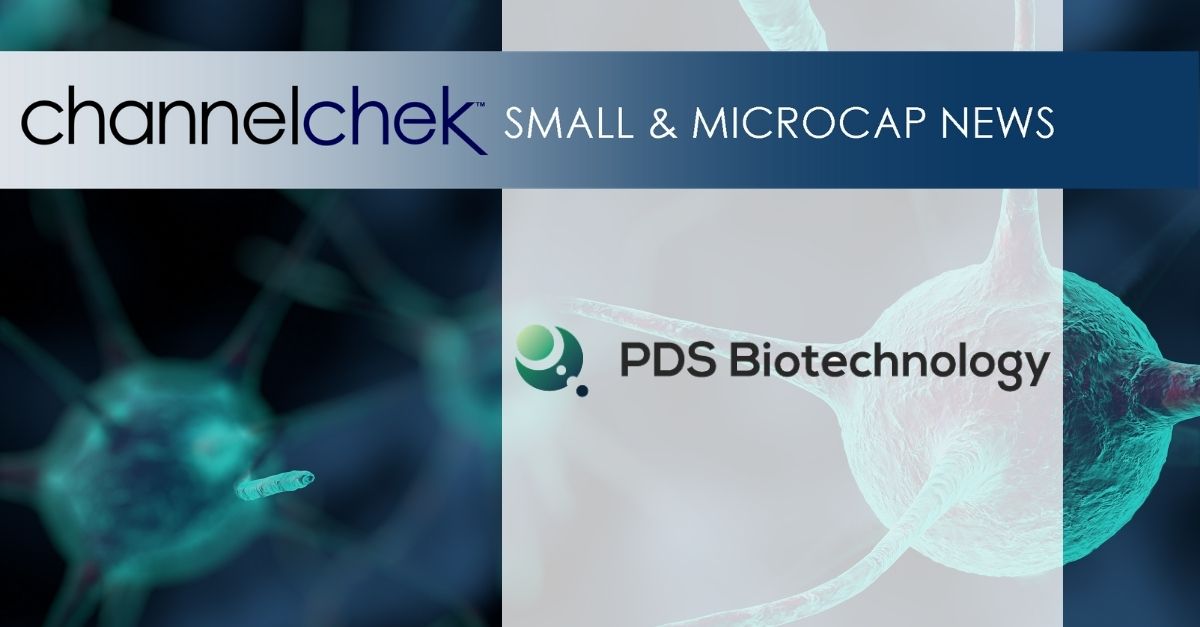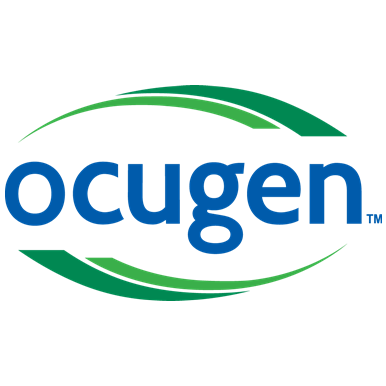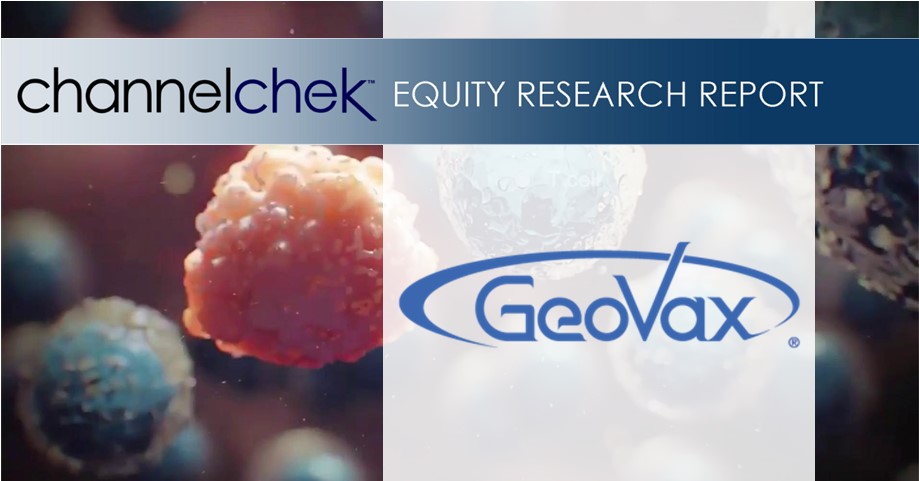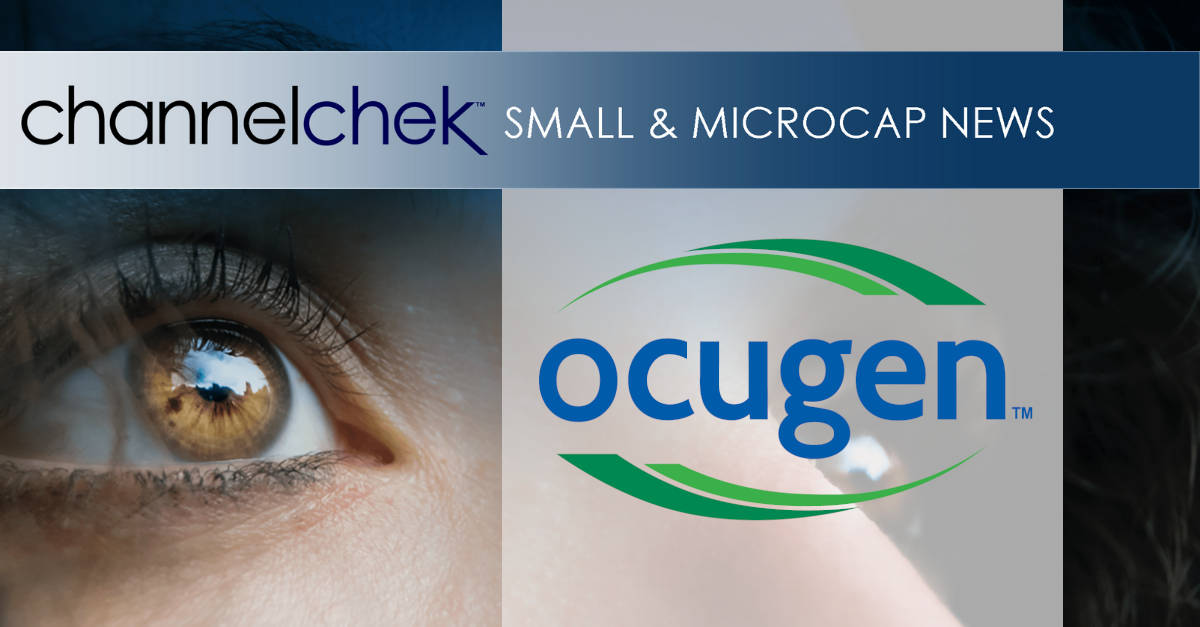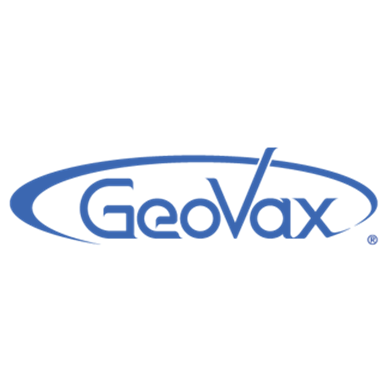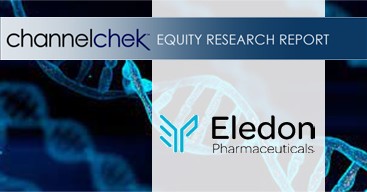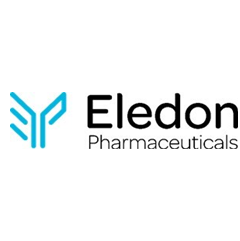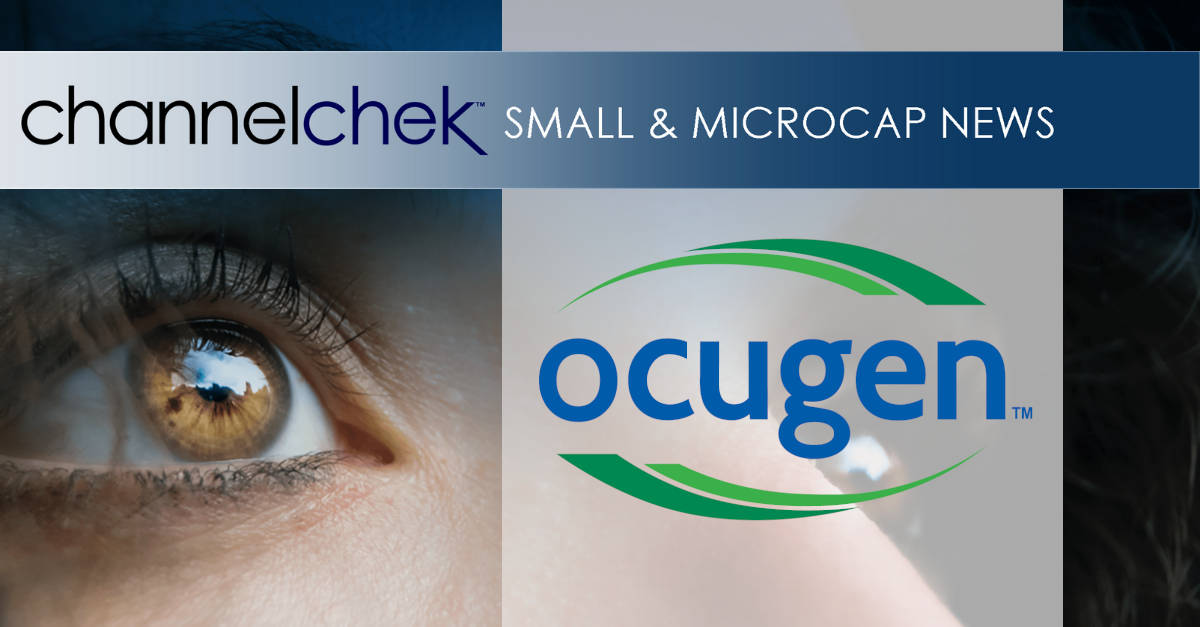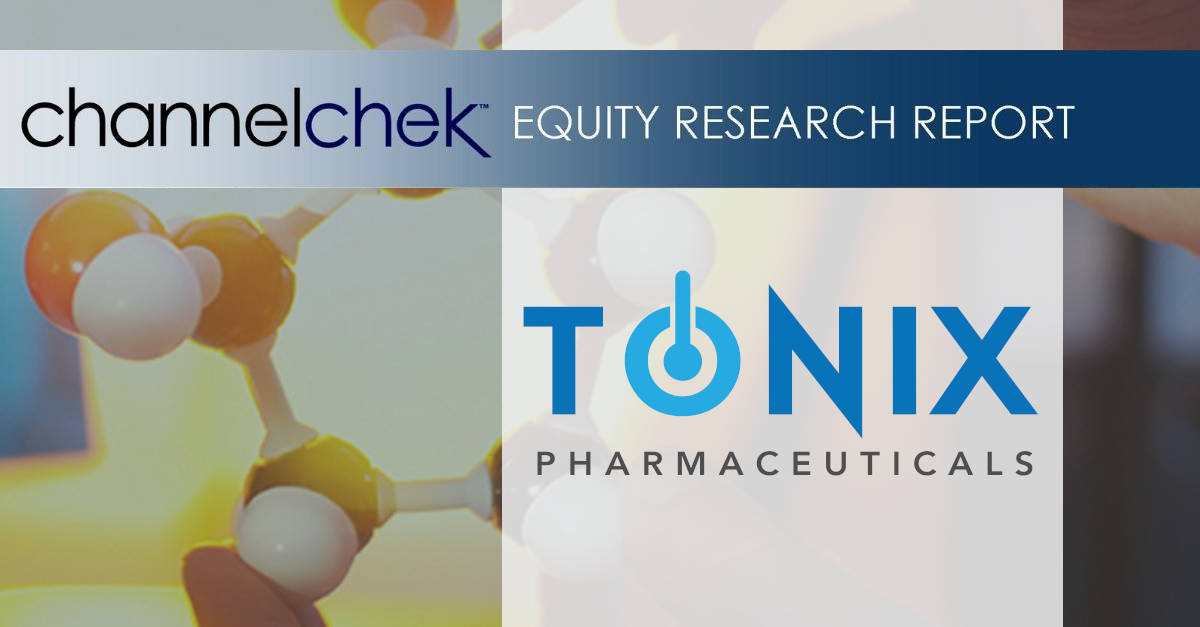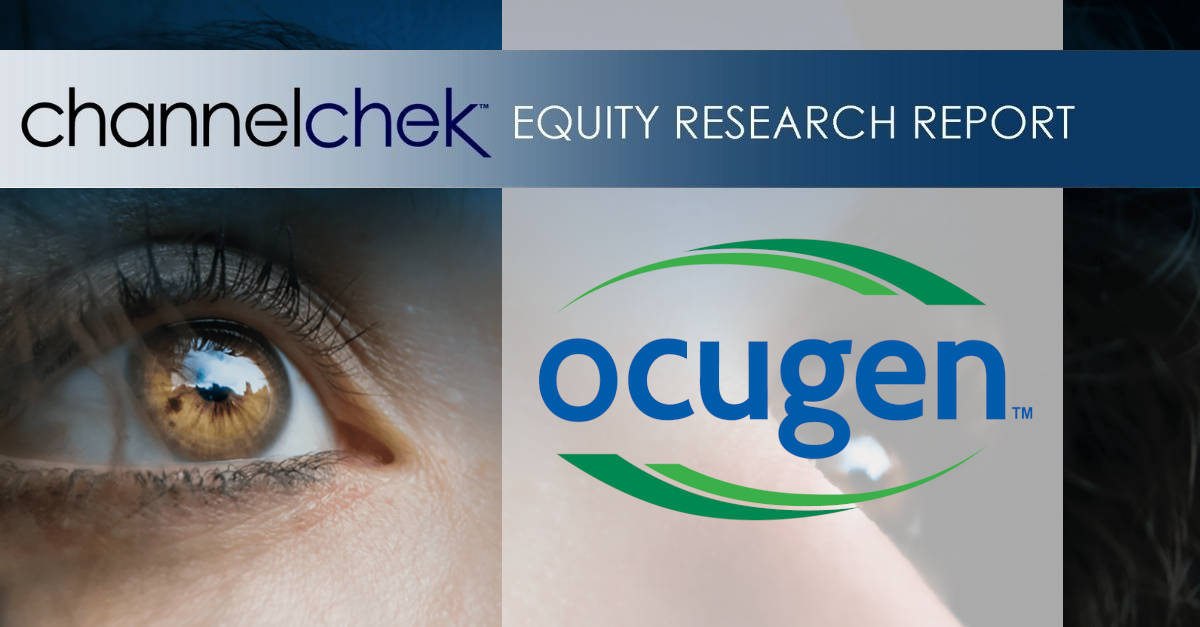
Research News and Market Data on PDSB
Company to initiate Phase 3 VERSATILE-003 trial in Q4 2024
Conference Call Today at 8:00 a.m. Eastern Time
PRINCETON, N.J., Aug. 01, 2024 (GLOBE NEWSWIRE) — PDS Biotechnology Corporation (Nasdaq: PDSB) (“PDS Biotech” or the “Company”), a late-stage immunotherapy company focused on transforming how the immune system targets and kills cancers and the development of infectious disease vaccines, today announced that it has received the official minutes from its meeting with the U.S. Food and Drug Administration (“FDA”) regarding next steps in its planned Phase 3 clinical trial of its Versamune® based investigational immunotherapy designed to stimulate a targeted T cell attack against HPV16-positive head and neck squamous cell carcinoma (“HNSCC”). The Company will host a conference call today at 8:00 a.m. ET to discuss details of the anticipated Phase 3 clinical trial of Versamune® HPV (formerly PDS0101) in this indication.
PDS Biotech presented the FDA with recent data from both the VERSATILE-002 study of Versamune® HPV + pembrolizumab, and the triple combination of Versamune® HPV + PDS01ADC + bintrafusp alfa. The Company also provided an updated design of the Phase 3 VERSATILE-003 trial of Versamune® HPV + pembrolizumab which included updated statistical endpoints based on recent and more mature survival data. PDS Biotech proposed the addition of a third arm to the study which would be a triple combination of Versamune® HPV + PDS01ADC + pembrolizumab. The first part of the study would therefore involve a dose optimization of PDS01ADC in the novel combination.
The FDA supported the strategy and development of the double and triple combinations. Also, the FDA requested additional safety analysis in the lead-in PDS01ADC dose optimization part of the study. To avoid potential delays in initiating the randomized trial, the FDA agreed that the dose optimization should be done separately and the registrational trial of the revised 2-arm double combination trial, VERSATILE-003, should proceed. The Versamune® HPV + pembrolizumab combination has received Fast Track designation.
“We appreciate the FDA’s support in the development of both the double and triple Versamune® HPV-based combinations. We are also pleased to have aligned on initiating the updated VERSATILE-003 study,” said Frank Bedu-Addo, PhD, President and Chief Executive Officer of PDS Biotech. “The VERSATILE-002 results have matured significantly and positively over the last year, allowing us to revise the statistical endpoints of the study to provide additional robustness to the study design. We continue to believe that the combination, based on encouraging survival, disease control response rates and safety has the potential to significantly advance the treatment of HPV16-positive HNSCC. Our goal now is to investigate Versamune® HPV + pembrolizumab’s potential as the first targeted immunotherapy for HPV16-positive HNSCC. The addition of PDS01ADC in the future has the potential to provide further clinical benefit to an effective targeted immunotherapy.”
Kirk Shepard, MD, Chief Medical Officer, continued, “We have contracted with a clinical research organization and the preparatory work is advancing to begin enrollment in the VERSATILE-003 Phase 3 clinical trial in first-line treatment of patients with recurrent or metastatic HPV16-positive HNSCC, with overall survival as the study’s primary endpoint. Our VERSATILE-003 trial has significant key opinion leader support, including from the investigators involved in VERSATILE-002, and we have lined up a significant number of the target sites that have indicated strong interest in participating in the trial.”
Conference Call Details
Date: August 1, 2024
Time: 8:00 a.m. ET
Dial-in: 1-877-704-4453 or 1-201-389-0920
Webcast Registration: Click Here
Call MeTM Registration: Click Here (Available 15 minutes prior to call)
About PDS Biotechnology
PDS Biotechnology is a late-stage immunotherapy company focused on transforming how the immune system targets and kills cancers and the development of infectious disease vaccines. The Company plans to initiate a pivotal clinical trial in 2024 to advance its lead program in advanced HPV16-positive head and neck squamous cell cancers. PDS Biotech’s lead investigational targeted immunotherapy Versamune® HPV is being developed in combination with a standard-of-care immune checkpoint inhibitor, and also in a triple combination including PDS01ADC, an IL-12 fused antibody drug conjugate (ADC), and a standard-of-care immune checkpoint inhibitor.
For more information, please visit www.pdsbiotech.com.
Forward Looking Statements
This communication contains forward-looking statements (including within the meaning of Section 21E of the United States Securities Exchange Act of 1934, as amended, and Section 27A of the United States Securities Act of 1933, as amended) concerning PDS Biotechnology Corporation (the “Company”) and other matters. These statements may discuss goals, intentions and expectations as to future plans, trends, events, results of operations or financial condition, or otherwise, based on current beliefs of the Company’s management, as well as assumptions made by, and information currently available to, management. Forward-looking statements generally include statements that are predictive in nature and depend upon or refer to future events or conditions, and include words such as “may,” “will,” “should,” “would,” “expect,” “anticipate,” “plan,” “likely,” “believe,” “estimate,” “project,” “intend,” “forecast,” “guidance”, “outlook” and other similar expressions among others. Forward-looking statements are based on current beliefs and assumptions that are subject to risks and uncertainties and are not guarantees of future performance. Actual results could differ materially from those contained in any forward-looking statement as a result of various factors, including, without limitation: the Company’s ability to protect its intellectual property rights; the Company’s anticipated capital requirements, including the Company’s anticipated cash runway and the Company’s current expectations regarding its plans for future equity financings; the Company’s dependence on additional financing to fund its operations and complete the development and commercialization of its product candidates, and the risks that raising such additional capital may restrict the Company’s operations or require the Company to relinquish rights to the Company’s technologies or product candidates; the Company’s limited operating history in the Company’s current line of business, which makes it difficult to evaluate the Company’s prospects, the Company’s business plan or the likelihood of the Company’s successful implementation of such business plan; the timing for the Company or its partners to initiate the planned clinical trials for PDS01ADC, PDS0101, PDS0203 and other Versamune® and Infectimune® based product candidates; the future success of such trials; the successful implementation of the Company’s research and development programs and collaborations, including any collaboration studies concerning PDS01ADC, PDS0101, PDS0203 and other Versamune® and Infectimune® based product candidates and the Company’s interpretation of the results and findings of such programs and collaborations and whether such results are sufficient to support the future success of the Company’s product candidates; the success, timing and cost of the Company’s ongoing clinical trials and anticipated clinical trials for the Company’s current product candidates, including statements regarding the timing of initiation, pace of enrollment and completion of the trials (including the Company’s ability to fully fund its disclosed clinical trials, which assumes no material changes to the Company’s currently projected expenses), futility analyses, presentations at conferences and data reported in an abstract, and receipt of interim or preliminary results (including, without limitation, any preclinical results or data), which are not necessarily indicative of the final results of the Company’s ongoing clinical trials; any Company statements about its understanding of product candidates mechanisms of action and interpretation of preclinical and early clinical results from its clinical development programs and any collaboration studies; the Company’s ability to continue as a going concern; and other factors, including legislative, regulatory, political and economic developments not within the Company’s control. The foregoing review of important factors that could cause actual events to differ from expectations should not be construed as exhaustive and should be read in conjunction with statements that are included herein and elsewhere, including the other risks, uncertainties, and other factors described under “Risk Factors,” “Management’s Discussion and Analysis of Financial Condition and Results of Operations” and elsewhere in the documents we file with the U.S. Securities and Exchange Commission. The forward-looking statements are made only as of the date of this press release and, except as required by applicable law, the Company undertakes no obligation to revise or update any forward-looking statement, or to make any other forward-looking statements, whether as a result of new information, future events or otherwise.
Versamune® and Infectimune® are registered trademarks of PDS Biotechnology Corporation.
Investor Contact:
Mike Moyer
LifeSci Advisors
Phone +1 (617) 308-4306
Email: mmoyer@lifesciadvisors.com
Media Contact:
Gina Mangiaracina
6 Degrees
Phone +1 (917) 797-7904
Email: gmangiaracina@6degreespr.com
